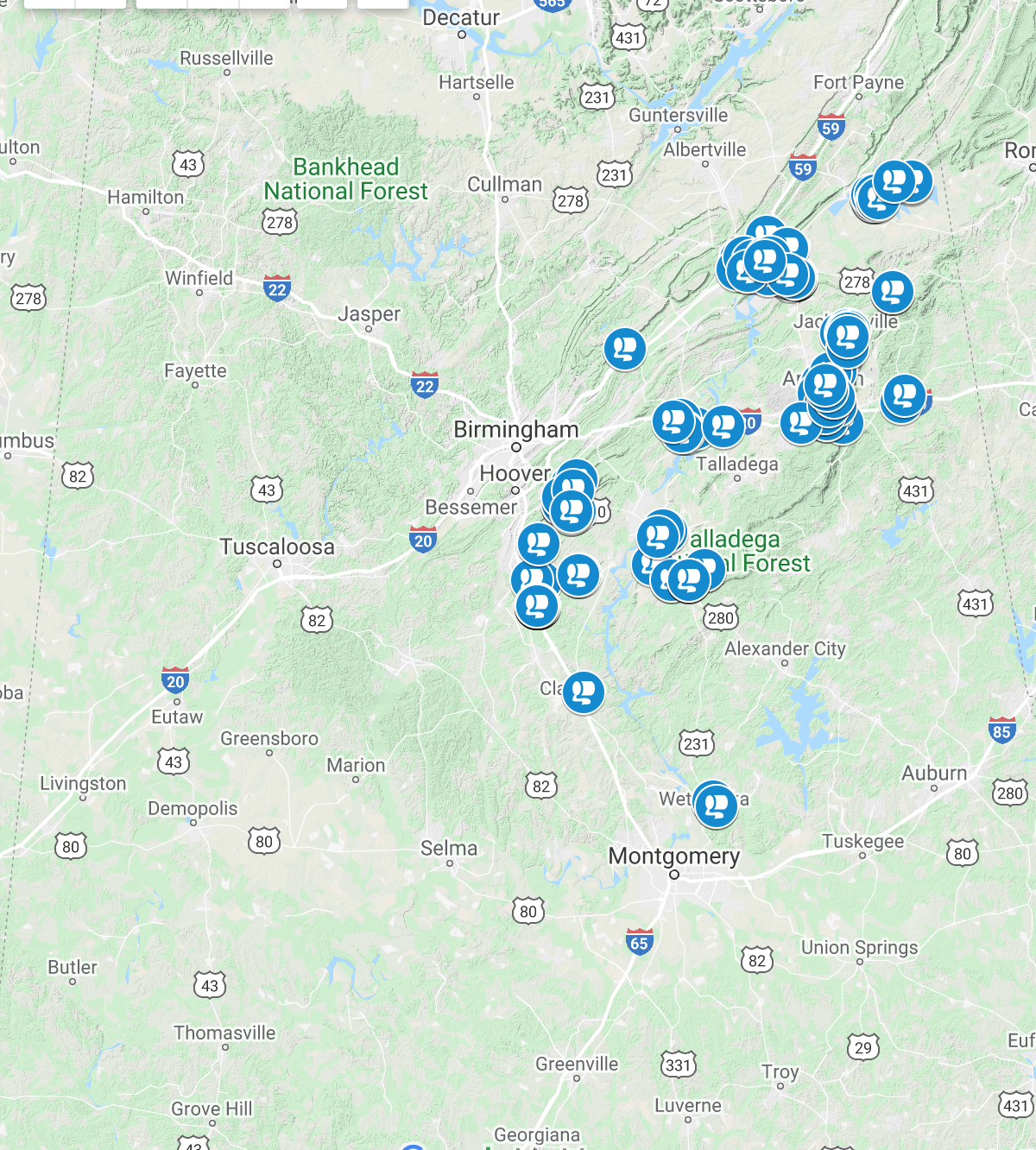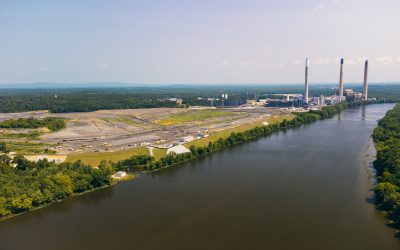The term”Sanitary Sewer Overflow (SSO)” in itself probably invokes an “ew” reaction from most folks, but SSO’s are more of a problem than just being gross.
SSOs carry all of that nasty stuff that gets flushed down the toilet, carrying with it harmful pathogens such as E. coli that adversely effect human health. Sewer overflows can occur at any location where sewage infrastructure is present (on your street or in your local park) and can occur at anytime. This sewage water can spill into your neighborhood and can either be absorbed into the ground or flow directly into your local waterbody.
Why do Sanitary Sewer Overflows (SSO) occur and what do they look like?
Photo from AL.com
SSOs can occur for a variety of reasons:
- Blocked or broken sewer lines
- Infiltration/inflow of excessive stormwater into sewer lines during heavy rainfall
- Malfunction of pumping station lifts or electrical power failure
These reasons explain why an occasional event occurs, but don’t explain the frequency and regularity of SSOs.
Unfortunately, SSOs are a common occurrence all across the United States due to a general lack of funding toward waste water infrastructure (and infrastructure in general). This is certainly the case in Alabama, as can be seen by the our 2016 SSO map (created in collaboration with our fellow Alabama Waterkeepers). Last week, communities across the state were inundated by the volume of sewage as a result of SSOs (see what al.com wrote about it here).
Examples of SSOs include overflowing manholes, discharge of raw sewage into local waterways, water bubbling up from the ground (if a pipe ruptured), foul odor near a lift station, and so on.
2019 Sanitary Sewer Overflow Map
We wanted to share this 2019 SSO Map with the public because we believe that people have the right to know where sewage is leaking in their community. This map includes all of the SSO events that occurred in the Coosa River basin in the year of 2019 and includes the volume that occurred with each incident. The data for this map is directly from the Alabama Department of Environmental Management’s website.
Below are a few of the Coosa watershed’s problematic facilities and the number of events and volume range for each:
- The Water Works and Sewer Board of Anniston: 26 events, ranging from 15 to 300,000 gallons
- Oxford Tull C Allen Waste Water Treatment Plant: 7 events, ranging from <1,000 to 100,000 gallons
- City of Gadsden West River Waster Water Treatment Plant: 14 events, ranging from 900 to 9,600 gallons
- City of Jacksonville Waste Water Treatment Plant: 10 events, ranging from 10 to 100,000 gallons
The explanation that facilities that have to process more waste in greater population centers is not a good enough of an excuse for repeated and regular occurrence of SSOs. These facilities must receive the funding needed (and appropriately manage these funds) to fix any existing infrastructure that is degrading, and upgrade infrastructure in anticipation of growing population centers.
What to Do When You See an SSO Occuring….
- You should avoid contact with the wastewater!
- File a complaint with ADEM about the SSO.
- Take pictures and video (from a safe distance) and report pollution to us here.
- Sign up for ADEM’s SSO notifications.





